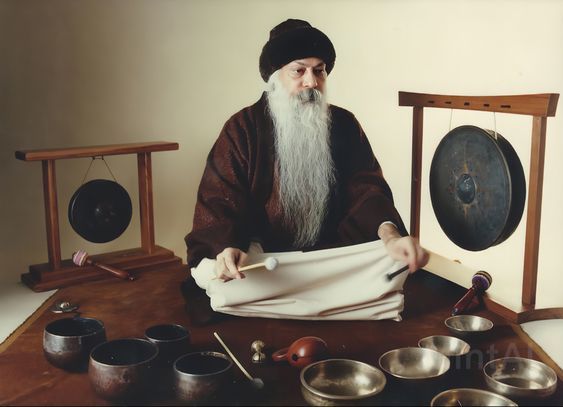

G is the Giant of Manio, a very male 6.5 meter tall stone. D is the right vertex, the Dame of Manio, a pregnant form. At the Quad of Manio there's a precisely measured 3/4/5 right triangle, GDE, sides about 30, 40 and 50 meters, with each vertex marked with a stone.

I'm surprised no one mentioned Manio and the megalith in Carnac, France, about three or four hundred kilometers south of Stonehenge. And tell us how you celebrate the seasons! Have you traveled to these ancient sites? Follow the links above to visit virtually. Mark the equinoxes and solstices! See our seasons page with dates for the start of spring, summer, fall, and winter. At this angle, the Sun also sits at the southern corner of the Pyramid of Khafre, located behind the Sphinx. If you stand directly in front of the Sphinx (facing it) at sunset on the date of either equinox, as the Sun nears the horizon, you’ll observe it settle directly onto the Sphinx’s right shoulder. On the spring or fall equinoxes, a peculiar phenomenon occurs. The famous pyramids and Sphinx of Ancient Egypt also have their time in the Sun, so to speak.

The Great Sphinx and Pyramid of Khafre (Egypt) The room holds only twenty people at a time.Įvery year, thousands enter a lottery in hope of being one of the hundred people allowed to enter. Today, the knoll is called Newgrange.įor five days around the winter solstice, a beam of sunlight illuminates a small room inside the mound for 17 minutes at dawn. Newgrange (Ireland)Īround 3200 B.C., ancient people in Ireland built a huge mound of dirt and surrounded it with stones. In this canyon is a petroglyph called the Sun Dagger because of the way the Sun’s wedge-shape beams strike it in midday during the summer and winter solstices. In today’s Chaco Canyon, New Mexico, the Ancestral Puebloan people, who were expert sky watchers, carved spiral designs into rock to track the seasons and record the passage of time. Mayans called this day “the return of the Sun serpent.” See more photos of this incredible pyramid at the Chichen Itza Web site. On the spring equinox, for example, the light pattern looks like a snake. The play of the Sun’s light on it signals the beginning of the seasons. Chichen Itza (Mexico)Īt what is now Chichen Itza (“ CHEE-chen EET-sa”), Mexico, Mayans built a huge pyramid around the year A.D. However, at exactly noon on the date of the spring or fall equinox, the Sun’s shadow disappears! Therefore, the stone is a precise indicator of the date of the two equinoxes. Usually, the stone casts a shadow throughout the day, as any other structure would. There is a giant stone at the top of this sacred mountain called Intihuatana, which means “the place when the sun gets tied.” Amazingly, the stone is perfectly positioned so that each corner sits at the four cardinal points (north, south, east, and west), and at an angle of about 13 degrees northward.

This archaeological site is perched atop a mountain overlooking the Urubamba Valley in Peru. Machu Picchu is the transcendent City of the Incas. See photos and historical details on the Stonehenge Web site. On the dawning of the summer solstice, the sun rises directly above the Heel Stone-a mysterious prehistoric monument whose origins, depending on interpretation, were as an ancient burial ground, an astrological observatory, even a supernatural phenomenon. The huge monument marks the relation between the Sun and the seasons. Stonehenge (England)Įvery year on the summer solstice, thousands of people travel to Wiltshire, England, to Stonehenge, a place with huge stones that were arranged in a circle around 3000 B.C. Our ancestors built the first observatories to track the sun’s progress. First Day of Spring 2023: The Spring Equinox


 0 kommentar(er)
0 kommentar(er)
